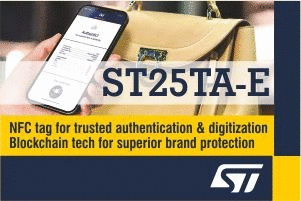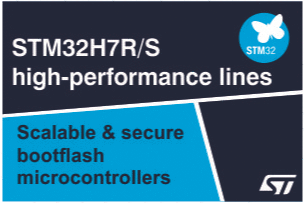By Laura Hughes, Arrow Electronics
We almost exclusively print with Arrow Labs filaments because we have vetted every material in every color and know we can expect consistent print performance. Arrow Labs also provides 3m samples of most full reels, so you can try a filament without the commitment of a full spool.
PLA
PLA (polylactide) filament is the easiest to use, comes in a huge array of colors, and is favored by makers and hobbyists. It is made from plant products (typically from corn or sugarcane), which makes it recyclable, biodegradable, and the safest plastic to heat up in an occupied space.
We use it for any novelty prints, as well as for prototypes that will be not be subjected to much mechanical stress. PLA has a relatively low shrinkage factor, which makes it great for precise prototypes like mated bolts and nuts, but it is brittle compared to other filaments and cannot withstand any repeated flexing.
ABS/PETG
ABS (Acrylonitrile Butadiene Styrene) is the second most common filament and the filament of choice for many schools and maker spaces because it prints quickly and creates strong yet slightly flexible prints. The downside of ABS is the high extrusion temperature that increases the VOCs and airborne nanoparticles in the environment around the printer due to the chemical structure of ABS.
There is no firm conclusion on the exact health concerns associated with ABS printing, but the consensus is that ABS should only be printed in a well-ventilated area – preferably a room without humans or animals.
Products like PETG (variant of PolyEthylene Terephthalate) attempt to combine the practicality of ABS with the safety of PLA. Our PETG extrudes at roughly the same temperature as ABS, but it definitely does not smell as bad and creates beautiful prints that seem to be on par with ABS in terms of strength and durability without much shrinkage. The layer adhesion is so good that we recommend reducing the density of any support structure you may need, since it can be tricky to remove.
Note that PETG is considered food safe (ABS is not), but 3D printed utensils or surfaces should always be washed by hand rather than by dishwasher lest they deform from the heat.
Flexible
TPU (ThermoPlastic Polyurethane) is a flexible material that yields prints that feel and behave like rubber. In fact, it is commonly used in extreme automotive applications like alternative material snow chains for truck tires and motorcycle boot covers. In the maker community, TPU is known as making excellent custom tires for robots and small vehicles. TPU is slightly stiffer than more traditional flexible filaments like TPE (NinjaFlex, for example), increasing the likelihood of success even with a standard extruder setup.
As the material is slightly more rigid, TPU prints are more durable, abrasion resistant, and resistant to oils than TPE prints. These all add to the appeal of TPU for tire use but also allow it to be used for prints like gaskets and short hoses in industrial applications. If your goal is just to print a squishy toy, you can still print thin walls with TPU – both filament types have excellent layer adhesion with minimal shrinkage and warping.
Industrial
30 years ago, 3D printing itself was considered an industrial process. Additive manufacturing was like getting metal parts CNC machined – an option for rapid prototyping, but expensive and specialized. It has only been in the last 10 years or so that desktop 3D printers have entered the mainstream and become affordable tools for schools and home labs.
While there are newer machines that can “print metal,” they are really printing with plastic filament that has an exceptionally high metallic powder content. The final result can look very metallic, and prints created with iron or copper based filament can even rust or oxidize under the right conditions, but it would be a stretch to claim they are truly printing metal.
3D printing may not be exclusively industrial anymore, but industrial 3D printing has only gotten more extreme. Rather than laying down layers of filament, industrial 3D printing has shifted towards Direct Metal Laser Sintering (DMLS) and Laser Deposition Technology (LDT), which both involve using lasers to weld metallic powders into specific shapes in very thin layers.
Novelty
Where there is a practical application, there will be novelty applications. There are some truly wild filaments on the market now, many at a reasonable price point. We love the flexible glow-in-the-dark NinjaFlex filament from Aleph Objects.
Besides the metal-filled filaments mentioned earlier, manufacturers have extruded filament filled with tiny woodchips to make sand-able and stainable prints, filaments that smell like coffee when melted, and plastics that change color based on exposure to UV rays. 3D printing has opened up a wild world of creative possibilities, not just in shape, but in color and scent as well.







